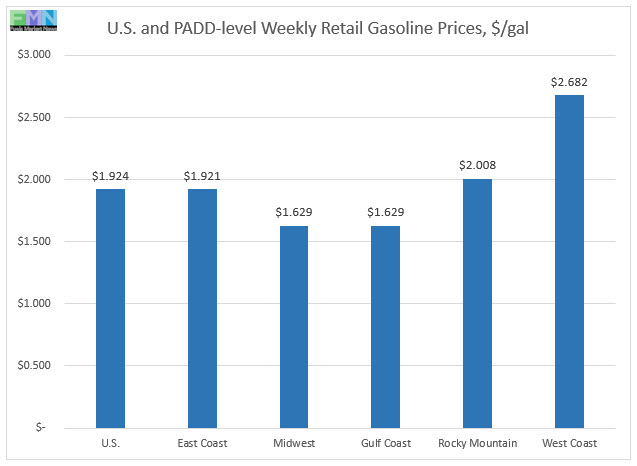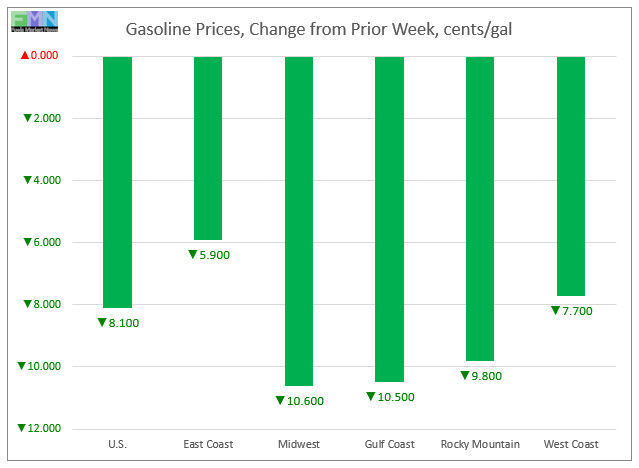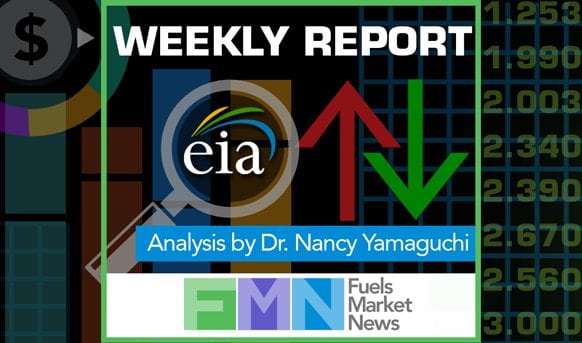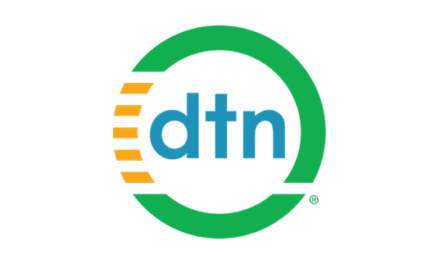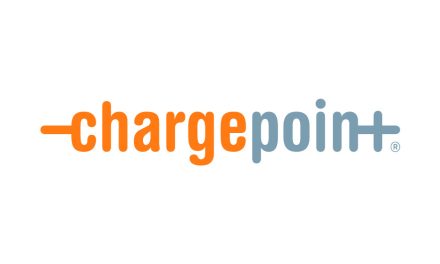The U.S. Energy Information Administration (EIA) released its weekly data on diesel and gasoline retail prices for the week ended April 6, 2020. The COVID-19 pandemic continues to force prices down. Gasoline and diesel prices both fell once again, again by a significant level. Diesel prices fell by 3.8 cents/gallon. Gasoline prices dropped by 8.1 cents/gallon. The national average price for gasoline finally fell below the $2/gallon threshold, averaging $1.924/gallon. This price was an incredible 82.1 cents/gallon below the price for the same week one year ago. Prices in three of five PADDs have fallen below the $2/gallon level. From late-November through early March, gasoline prices had been above their levels from last year. Prices declined until, during the week ended March 2, retail gasoline prices were a mere 0.001 cent/gallon above last year’s level. The dramatic price declines since then have brought gasoline prices significantly below their levels of last year.
Diesel prices also had been above last year’s level, but prices are now well below their levels of last year. On a national average basis, the retail price for diesel averaged $2.548/gallon. This was 54.5 cents/gallon lower than the price in the same week last year. Retail prices for diesel have now fallen for thirteen consecutive weeks, shedding a total of 53.1 cents/gallon.
Futures Prices and Retail Price Outlook
During the week March 30, 2020 to April 3, 2020, West Texas Intermediate (WTI) crude oil futures prices bounced back by $3.88/b (18.5%.) Gasoline futures prices regained 5.96 cents/gallon (9.9%.) Diesel futures prices, in contrast, dropped by 5.25 cents/gallon (5.0%.) Thursday brought a price rally when President Trump tweeted that Saudi Arabia, Russia, and the OPEC+ producer group were on the verge of a production cut agreement amounting to 10 million barrels per day (mmbpd) or even 15 mmbpd. Market experts debunked this, but then a meeting was announced for Monday. It was then postponed until Thursday. Traders did not want to be left behind, and buying interest rose. Fuel trading will be tricky this week, since the meeting is scheduled for Thursday, and markets will be closed on Good Friday. WTI futures are back up around $26.50/b today. Any meeting will have to result in a sincere cut, since the current drop in demand is estimated to be at least 20 million barrels per day. While the relationship between futures prices and retail prices is not immediate or one-for-one, if the bounce-back in futures prices is sustained because of a production cut agreement this week, it may slow decrease in gasoline and diesel retail prices in the coming week.
Retail Diesel Prices
Retail prices for diesel have now fallen for thirteen consecutive weeks—every week this calendar year since the first week of January. Prices have fallen by a cumulative 53.1 cents/gallon. Retail diesel prices had been below the $3/gallon mark until the attacks on Saudi Arabian oil facilities in mid-September 2019. They rose at that time, and they remained above the $3/gallon mark until the week ended February 3, 2020. Prices have continued to decline. For the current week ended April 6th, retail diesel prices declined by 3.8 cents to settle at an average price of $2.548/gallon. For the current week ended April 6th, diesel prices fell in all PADDs countrywide. The national average price for the week was 54.5 cents/gallon below where it was during the same week last year.
In the East Coast PADD 1, diesel prices fell by 3.7 cents to settle at an average price of $2.634/gallon. Within PADD 1, New England prices fell by 4.8 cents to average $2.745/gallon. Central Atlantic diesel prices fell by 3.9 cents to average $2.827/gallon. Lower Atlantic prices decreased by 3.4 cents to an average price of $2.480/gallon. PADD 1 prices were 50.3 cents/gallon below their levels for the same week last year.
In the Midwest PADD 2 market, retail diesel prices fell by 3.8 cents to average $2.394/gallon. Prices were 59.9 cents below their level for the same week last year. PADD 2 joined PADD 3 during the week ended June 17, 2019, in having diesel prices fall below $3/gallon, and the retail price of diesel in PADD 2 has not regained the $3/gallon level since then. Prices subsequently fell below $3/gallon in PADD 4 and PADD 1. PADD 5 is the only region where diesel prices remain above $3/gallon, and that by a narrowing margin.
In the Gulf Coast PADD 3, retail diesel prices fell by 3.8 cents to arrive at an average of $2.325/gallon. PADD 3 continues to have the lowest diesel prices among the PADDs, currently 22.3 cents below the U.S. average. Prices were 50.9 cents below their level for the same week in the previous year.
In the Rocky Mountains PADD 4 market, retail diesel prices fell by 5.1 cents to settle at an average of $2.541/gallon. This was the largest price drop among the PADDs. PADD 4 prices were 48.7 cents lower than for the same week in the prior year.
In the West Coast PADD 5 market, retail diesel prices declined by 3.6 cents to average $3.090/gallon. PADD 5 prices were 50.1 cents below their level from last year. Until December 2019, PADD 5 had been the only district where diesel prices were higher than they were in the same week last year. Subsequently, prices rose until this was true in all other PADDs. However, prices have been falling dramatically, and the national average price is now well below its level of last year. PADD 5 prices excluding California fell by 4.4 cents to settle at an average of $2.754/gallon. This price was 43.5 cents below the retail price for the same week last year. California diesel prices declined by 2.7 cents to settle at an average price of $3.368/gallon. Until the week ended June 24, California had been the only major market where diesel prices were above $4/gallon, where they had been for nine weeks. California prices retreated below $4/gallon from July through October, rose above $4/gallon again during the first three weeks of November, and eased since then. California diesel prices were 54.2 cents lower than they were at the same week last year.



Retail Gasoline Prices
The COVID-19 pandemic has driven U.S. retail gasoline prices below the $2/gallon threshold. Average retail prices dropped by 8.1 cents/gallon to average $1.924/gallon during the week ended April 6. Prices fell in all PADDs. Retail gasoline prices for the current week were an astonishing 82.1 cents per gallon lower than they were one year ago. Until November, gasoline prices had been below their levels of last year. Prices then rose to surpass last year’s levels in all PADDs. The current downhill price slide has changed this, making gasoline a bargain again. It has been over four years since the average retail price for gasoline was below the $2/gallon mark.
Gasoline prices hit a peak of $2.903/gallon during the week ended October 8, 2018. Prices then slid downward for fourteen weeks in a row, shedding a total of 66.6 cents per gallon. In the next seventeen weeks, prices marched back up by 66.0 cents/gallon. Prices came very close to the peak they hit in early October. However, the months of May and the June brought an easing of prices amounting to 23.3 cents per gallon. The week ended July 1st reversed that downward trend and sent prices up once again. The recent drop in crude prices is pulling gasoline prices down, and the COVID-19 pandemic is causing a severe contraction in demand as people shelter-in-place.
For the current week ended April 6th, East Coast PADD 1 gasoline retail prices fell by 5.9 cents to arrive at an average of $1.921/gallon. Last week, PADD 1 joined PADDs 2 and 3 in having retail prices drop below the $2/gallon line. The average price was 73.2 cents/gallon below where it was during the same week last year. Within PADD 1, New England prices dropped by 7.4 cents to average $1.936/gallon. Central Atlantic market prices fell by 5.2 cents, arriving at an average of $2.119/gallon. Prices in the Lower Atlantic market fell by 5.9 cents to average $1.791/gallon.
In the Midwest PADD 2 market, retail gasoline prices dropped sharply by 10.6 cents to average $1.629/gallon. This was the largest price drop among the PADDs. For the second consecutive week, PADD 2 prices were below prices in the U.S. Gulf Coast PADD 3 market, a rare occurrence. PADD 2 prices were 29.5 cents/gallon below the average U.S. price during the week ended April 6th. PADD 2 prices for the week were an incredible $1.041/gallon lower than they were for the same week last year.
In the Gulf Coast PADD 3 market, gasoline prices fell sharply by 10.5 cents to average $1.658/gallon. Three weeks ago, PADD 3 was the first to break the $2/gallon barrier, joined by PADD 2 then by PADD 1. PADD 3 usually has the lowest average prices among the PADDs, but prices in PADD 2 have fallen sharply over the past three weeks, and PADD 2 prices are now the lowest in the land. PADD 3 prices for the week were a hefty 79.4 cents lower than for the same week last year.
In the Rocky Mountains PADD 4 market, gasoline pump prices fell by 9.8 cents to settle at an average price of $2.008/gallon. This week’s PADD 4 prices were 53.1 cents lower than at the same time last year.
In the West Coast PADD 5 market, retail gasoline prices fell by 7.7 cents to average $2.682/gallon. PADD 5 typically has the highest retail prices for gasoline, and until mid-March it had been the only PADD where retail gasoline prices stayed above $3/gallon. Prices this week were 73.6 cents lower than last year’s price. Prices excluding California fell by 7.6 cents to average $2.452/gallon, which was 60.4 cents/gallon below last year’s price. California prices dropped by 8.1 cents to average $2.872/gallon. California had been the last state where gasoline prices had remained above the $3/gallon line, but the week ended March 30 ended this. On Thursday March 19, California led the U.S. by taking the dramatic step of ordering a statewide shelter-in-place to combat the spread of COVID-19. This order is affecting approximately 40 million people, and it is causing a dramatic drop in gasoline demand, as well as demand for other fuels including jet fuel and diesel. California prices were 84.6 cents per gallon below their levels from the same week last year.
California prices rose dramatically in late September and early October, attributed to refinery issues, hitting levels above $4/gallon. Prices then began a sustained retreat. four weeks ago, a refinery fire slowed the price decline, but global crude prices have been steadily falling this month, and retail prices are following. Until November, PADD 5 had been the only PADD where prices were higher than they were one year ago. The other PADDs caught up, and prices were higher in all PADDs countrywide. Prices in all PADDs are now significantly lower than they were one year ago.
